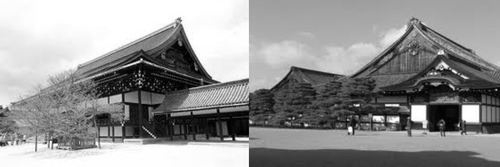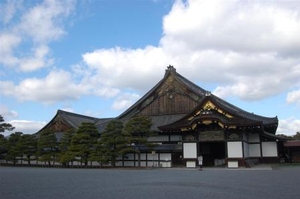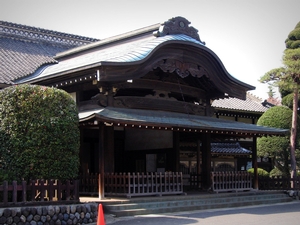History of the Nijo Castle
The Nijo Castle built in 1603 by the Tokugawa Shogunate was the residence of the Shogun while he resided in Kyoto. The castle was built off of the Nijo-jo mansion built by Nobunaga in 1569. It comprises of two main buildings, the NInomaru Palace and the Honmaru Palace. The castle was built to highlight the political and military power of the founder of the Tokugawa Shogunate, Ieyasu Tokugawa. It is known for being unfortified unlike other castles, a sign of Tokugawa's strength.
Ninomaru Palace
The Ninomaru Palace consists of five connected buildings, each serving a specific purpose. The building itself was meant for administrative purposes with its many offices and meeting areas in the first three buildings. The remaining two buildings served as the Shogun's private residence. The palace itself is elaborately decorated in gilded gold leafs and complex wood carvings, serving as indications of wealth and power. Further indications of wealth and power are the many elegant paintings on the slidings doors and walls by the Kano school.
Honmaru Palace
The current Honmaru Palace was originally named Katsura Palace and was renamed after it was relocated to Nijo Castle after the original Honmaru Palace burnt down. The original Honmaru Palace was very similar to the Ninomaru Palace that still stands today.


